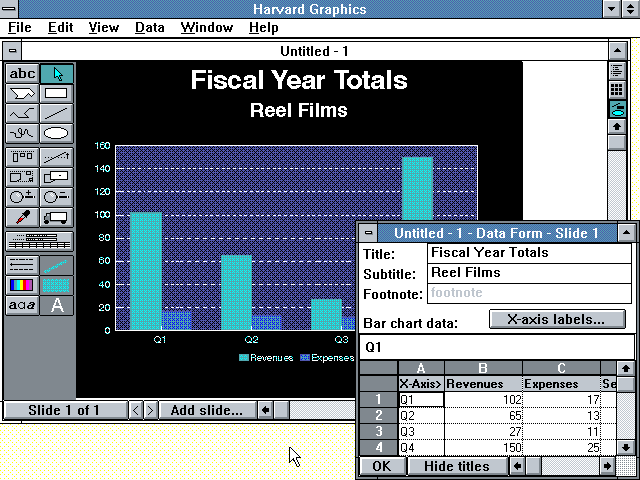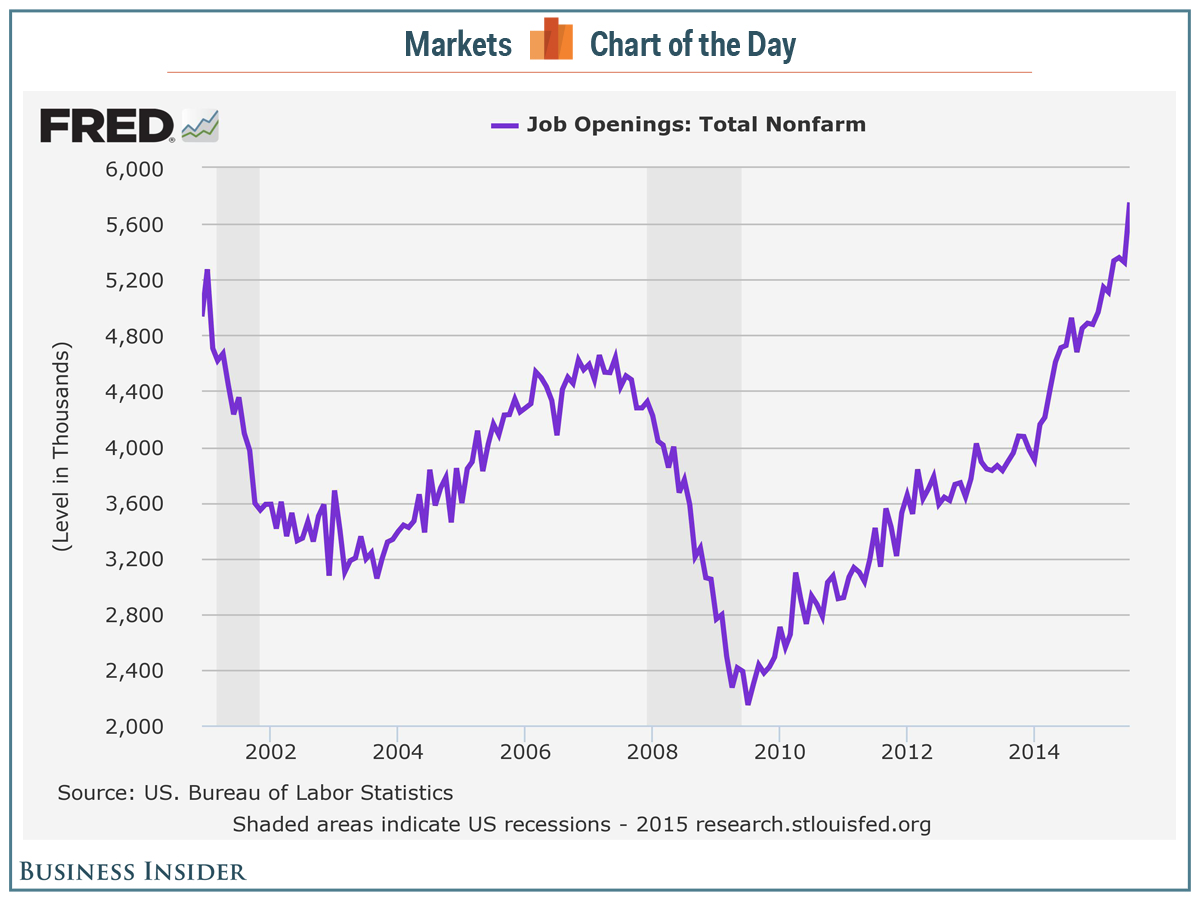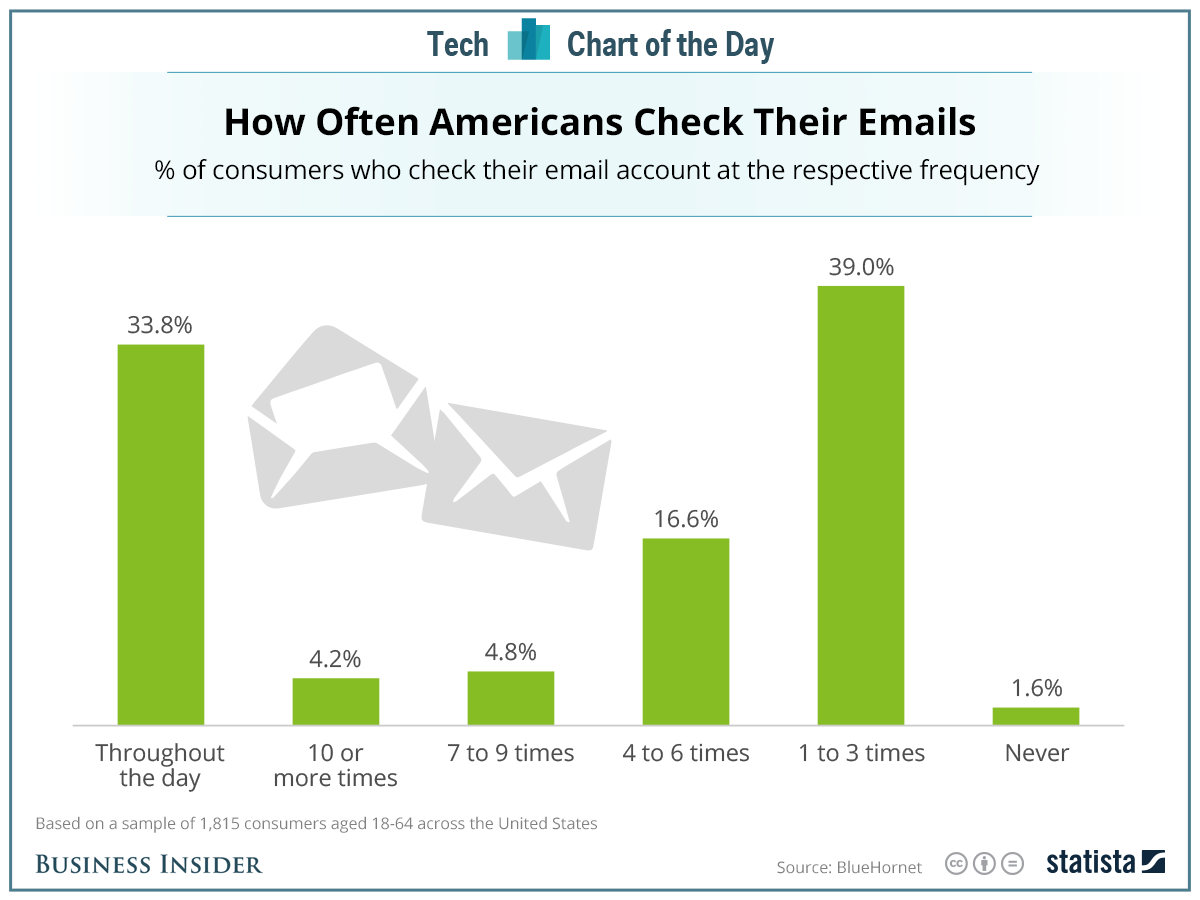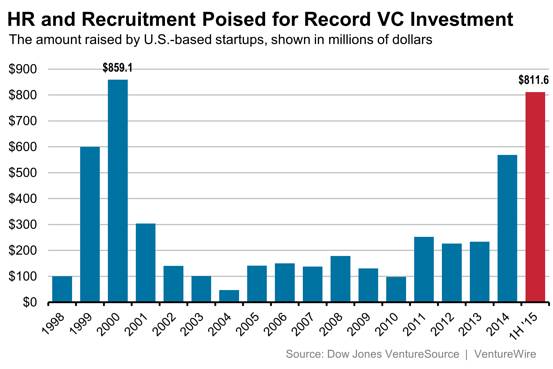Learn a new word: fact-resistant
Let's start with the definition, courtesy of Wordspy:
fact-resistant adj. Impervious to reason, counter-examples, or data, especially when they contradict one's opinions or values.
From the examples given on the Wordspy entry (on the science behind global warming, politics in the Middle East, violence due to firearms), the term fact-resistant seems to have been most commonly applied or ascribed in these kinds of political or 'hot-button' kinds of contexts. I suppose using the term fact-resistant is a slightly kinder and gentler way of saying. 'What the heck is wrong with you, you big dummy. Can't you just accept the truth of what I am telling you?'
But where fact-resistant is likely to be more relevant and applicable in the HR/workplace/talent management worlds are the conflicts and tensions that can arise between the data and analytics camps and the folks who prefer (or are just more comfortable with), the traditional or old-school ways of evaluating, assessing, and managing people.
Here are a few specific scenarios where you, as a modern, progressive, and 'seen Moneyball six times' HR pro might run into some fact-resistant colleagues:
The hiring manager that 'just can tell from looking in the candidate's eyes' whether or not they should be hired. He's been managing by 'gut feeling' for so many years, why should he change now? What does it matter what your data shows about what sources, backgrounds, and characteristic of candidates predict better performance?
The CEO who 'gets a good feeling' when she walks around the office at 8AM (and again at 5PM), and sees cube after cube of people diligently working. She is not interested in hearing about your data that shows that engagement, retention, and productivity would all be improved by the introduction of more flexible working arrangements. Everyone looks happy to her, so why make changes?
The Chief Operating Officer that doesn't care that your compensation benchmarking data shows that you are trailing the market in some key areas and job roles - those same places and roles where your data also shows increased attrition and longer time-to-fill open roles than in less important areas. The COO just want to ensure that 'we pay just a little below market' to ensure stable and consistent gross margins. Peg everyone to '5% below market' and stop bugging me about this.
I think you get the idea. But the trouble with these fact-resistant types is not identifying them, it is trying to figure out how to rebut them. Because your normal and expected recourse is to just present more facts. And by definition, this probably isn't going to help very much.
Maybe appealing to the end results, the outcomes, instead of the math and data needed to get there is the best bet. Rather than hitting them with dashboards or spreadsheets that try to sell your idea, just go big on how you know how to fix the problem with X, Y, or Z, and how they will not only benefit, but also look like a hero in the process.
The fact-resistant types are tough though. I still think the Knicks are a title contender this year.
I don't care what the numbers say.
Have a great week!

 Steve
Steve



